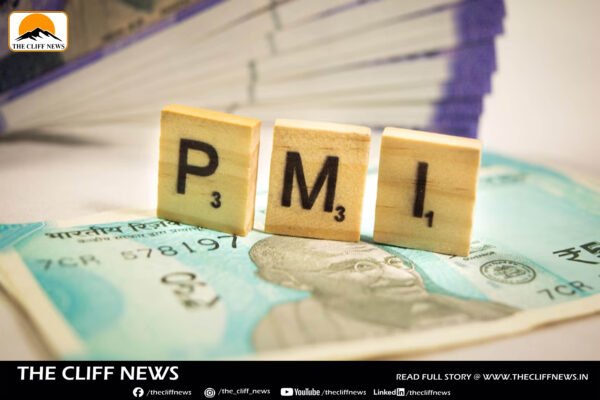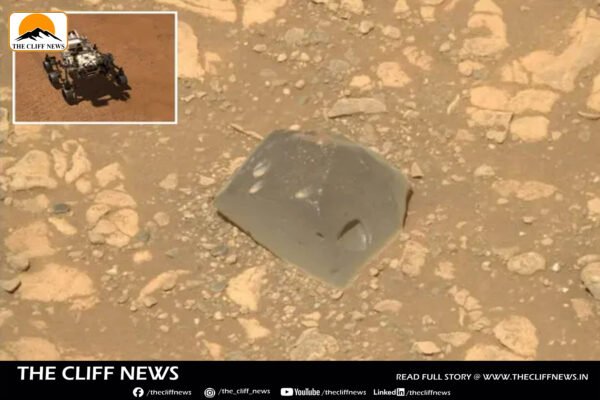Jr NTR’s Body Double Eshwar Harris Rejects War 2 Offer Over Low Pay, Slams Bollywood Pay Practices
Eshwar Harris, the body double of Telugu superstar Jr NTR, has reportedly turned down an offer to work on the much-anticipated action film War 2, citing shockingly low compensation. The stunt double, known for his work in Telugu cinema, was approached to replicate Jr NTR in select scenes for the upcoming film, which is part of the high-profile YRF Spy Universe. However, Eshwar revealed that the pay offered was so minimal that it wouldn’t even cover his travel expenses. Expressing his disappointment, he remarked that despite Bollywood’s big production budgets, the compensation offered to on-ground talent doesn’t always match the scale. “I earn more in Telugu films,” he added, taking a subtle jab at the industry’s wage disparity. War 2, directed by Ayan Mukerji, is the follow-up to the 2019 blockbuster War, directed by Siddharth Anand. The film continues the narrative of the YRF Spy Universe, which includes hits like Ek Tha Tiger, Tiger Zinda Hai, War, and Pathaan. The sequel stars Hrithik Roshan and Jr NTR in lead roles, raising anticipation for an epic showdown between the two powerhouse performers. While the film itself remains one of the most awaited action thrillers in the pipeline, Eshwar’s revelation sheds light on the often overlooked issues surrounding fair pay in the film industry, especially for behind-the-scenes professionals and stunt performers.










